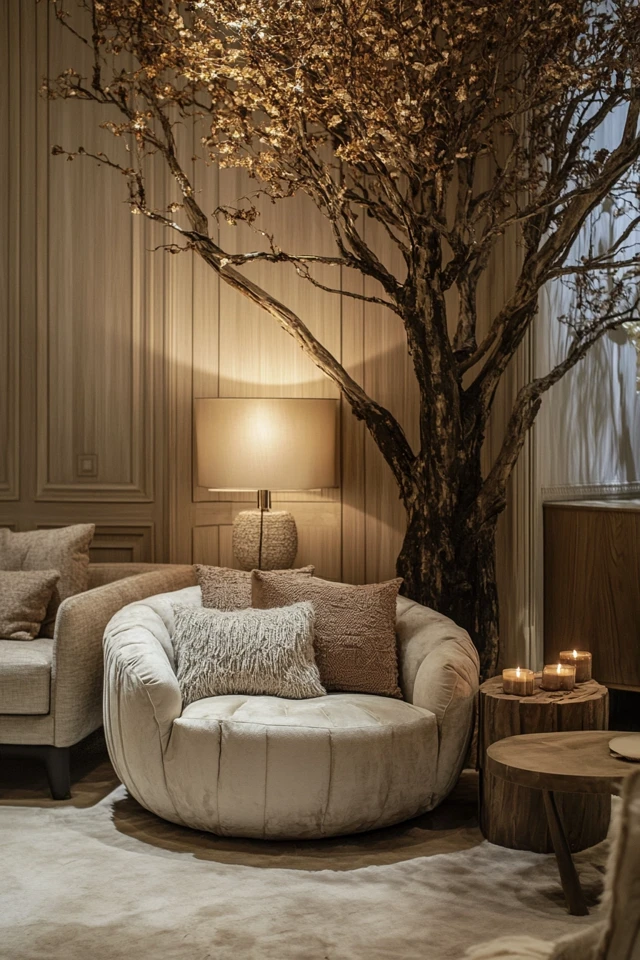Introduction
Have you ever walked into a room and felt an immediate sense of comfort and warmth, as if the space itself was giving you a hug? That’s the magic of an inviting room. Creating this feeling doesn’t require a massive renovation or expensive furniture—it’s all about small, thoughtful changes that make a space feel cozy, lived-in, and welcoming.
I remember the first time I truly nailed this in my own home. My living room felt cold and impersonal for months until I added a soft area rug, rearranged the furniture to encourage conversation, and layered in warm lighting. The difference was night and day! Suddenly, friends stayed longer, and I couldn’t wait to curl up with a good book after a long day.
In this guide, I’ll share 10 secrets to making any room instantly more inviting, turning your space into a haven of comfort and connection.
1. Use Warm Lighting
Why It Works
Lighting sets the tone for a room, and warm, soft light creates a cozy and welcoming atmosphere.
How to Do It
- Replace harsh white bulbs with warm-toned LEDs (2700K–3000K).
- Use table lamps, floor lamps, and sconces to create layers of light.
- Incorporate dimmable lights to adjust brightness for different moods.
- Add fairy lights or candles for a soft, ambient glow.
2. Add Soft Textures
Why It Works
Tactile elements like plush fabrics and natural materials make a room feel comfortable and lived-in.
How to Do It
- Layer throw pillows in different fabrics, like velvet, knit, or faux fur.
- Use a cozy blanket or a chunky knit throw on a sofa or chair.
- Add a soft area rug to ground the space and warm up hard floors.
- Incorporate natural textures like jute, wool, or rattan for depth.
3. Rearrange Furniture for Conversation
Why It Works
Furniture placement can make or break the flow of a room. Arranging it for connection makes the space more inviting.
How to Do It
- Position sofas and chairs to face each other, encouraging conversation.
- Avoid pushing all the furniture against the walls—bring seating inward for intimacy.
- Use an ottoman or coffee table as a central anchor point.
- Create cozy corners with a chair, side table, and lamp for solo relaxation.
4. Incorporate Greenery
Why It Works
Plants add life and freshness to a room, creating a calming and welcoming vibe.
How to Do It
- Place a tall potted plant, like a fiddle leaf fig or monstera, in an empty corner.
- Add small succulents or herbs to shelves, side tables, or windowsills.
- Use hanging planters or wall-mounted greenery for visual interest.
- Choose low-maintenance plants if you’re not a plant parent—think pothos or snake plants.
5. Layer Your Decor
Why It Works
Layering adds dimension and personality, making a room feel thoughtfully designed.
How to Do It
- Stack books on coffee tables or shelves and top them with a small decor item.
- Mix materials, like pairing ceramic vases with metal trays or wood accents.
- Add layered textiles, like overlapping rugs or draped throws.
- Combine old and new items to create a collected-over-time look.
6. Keep It Clutter-Free
Why It Works
A clean, organized space feels relaxing and inviting, while clutter creates stress.
How to Do It
- Use baskets, bins, or hidden storage to keep everyday items out of sight.
- Regularly declutter surfaces like coffee tables and countertops.
- Create designated spots for keys, mail, and other essentials to prevent mess.
- Incorporate open shelving with curated decor to display without overwhelming.
7. Add Personal Touches
Why It Works
Unique, meaningful items tell a story and make a space feel warm and lived-in.
How to Do It
- Display family photos in matching frames for a cohesive look.
- Incorporate travel souvenirs or heirloom pieces for personality.
- Hang artwork or prints that resonate with you or reflect your style.
- Use handmade or vintage items to add character and charm.
8. Introduce a Signature Scent
Why It Works
A pleasant scent creates an emotional connection to a space, making it memorable and inviting.
How to Do It
- Use scented candles, diffusers, or incense to add a soft, lingering aroma.
- Choose calming scents like vanilla, lavender, or eucalyptus.
- Boil a pot of water with citrus slices and cinnamon sticks for a natural aroma.
- Keep the scent subtle—overpowering fragrances can have the opposite effect.
9. Incorporate Color Strategically
Why It Works
The right color palette can evoke warmth and comfort, making a space feel inviting.
How to Do It
- Use warm tones like terracotta, mustard, or soft beige for walls or accents.
- Incorporate pops of color through pillows, throws, or artwork.
- Balance bold colors with neutral or muted tones for harmony.
- Stick to a consistent palette to create a cohesive and calming vibe.
10. Focus on the Details
Why It Works
Small details show care and attention, making the space feel more welcoming.
How to Do It
- Add fresh flowers in a vase for a pop of life and color.
- Place coasters and a stack of magazines or books on your coffee table.
- Keep a basket of blankets within reach for added comfort.
- Ensure your space smells clean, feels cozy, and is well-lit.
Picture Gallery
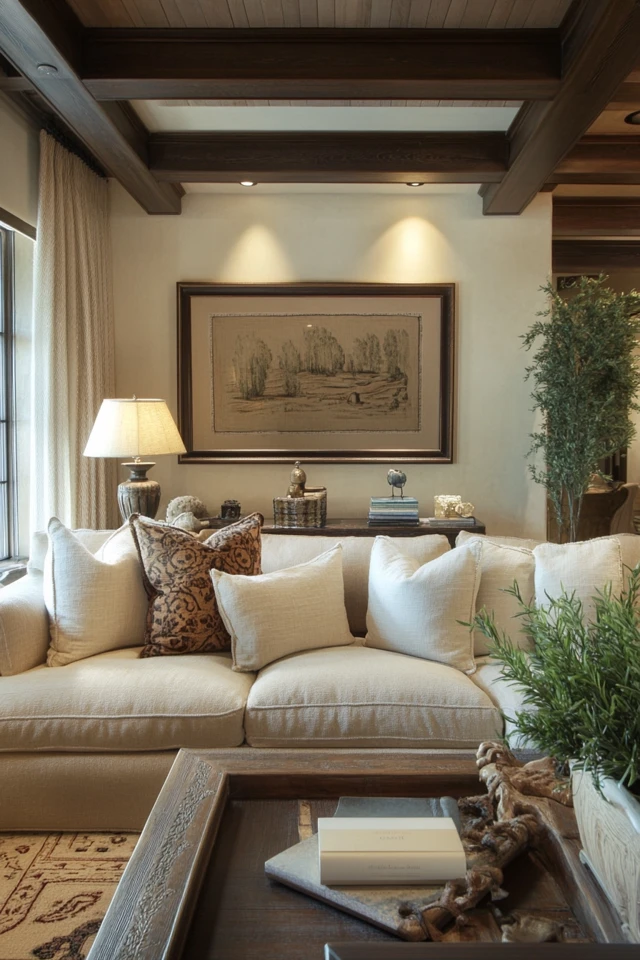
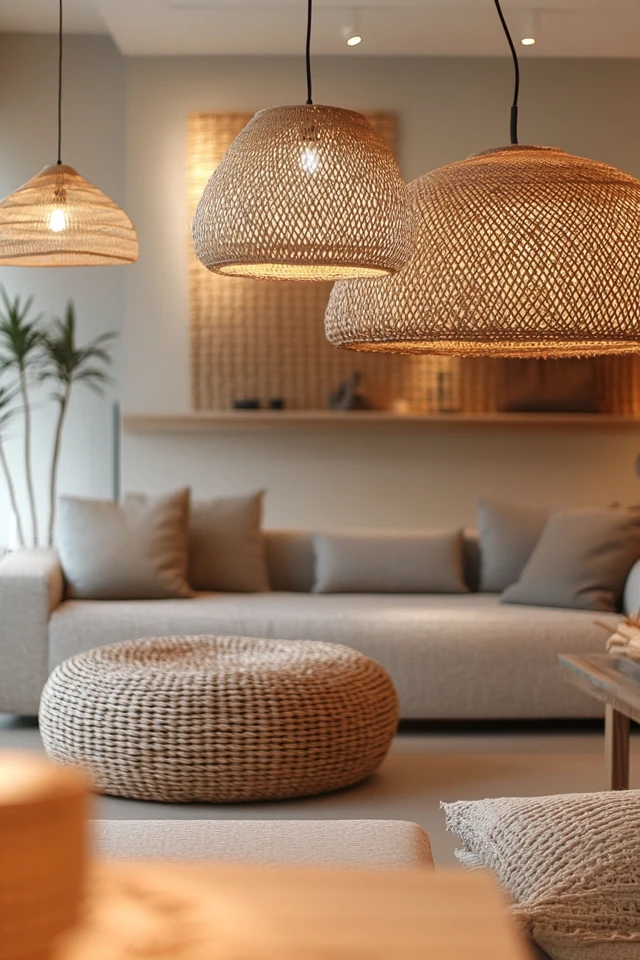
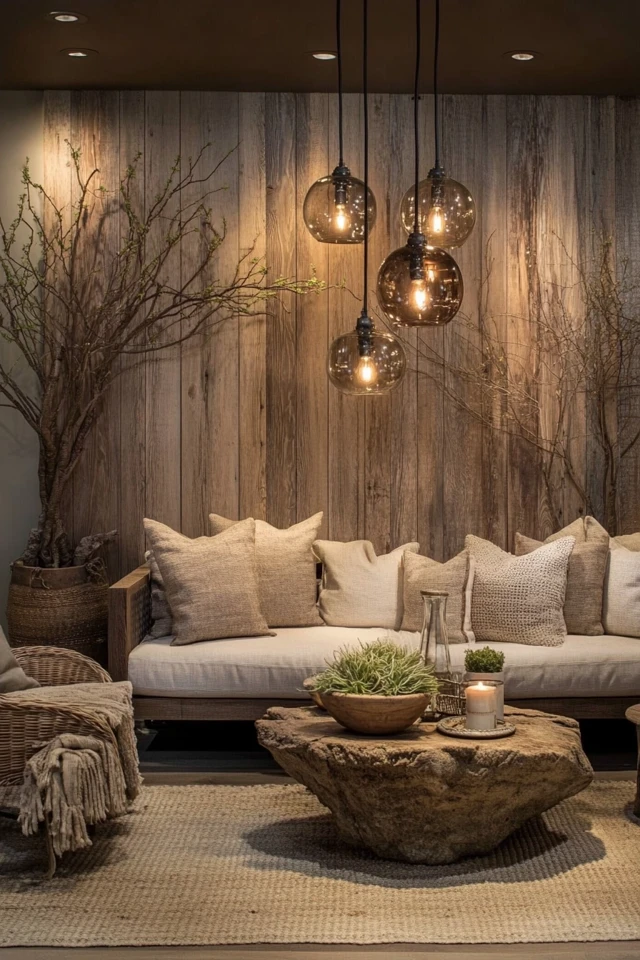

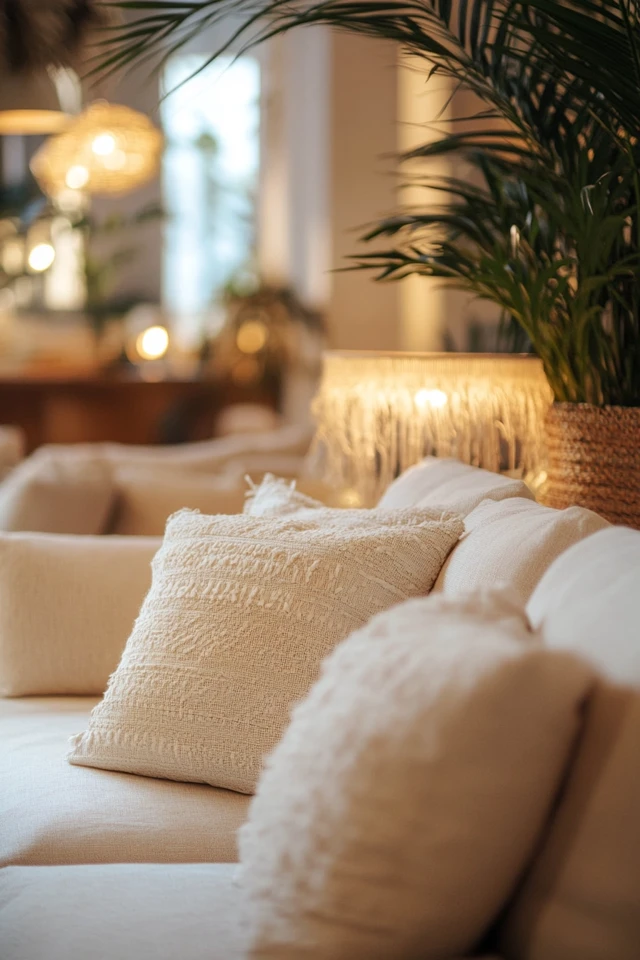
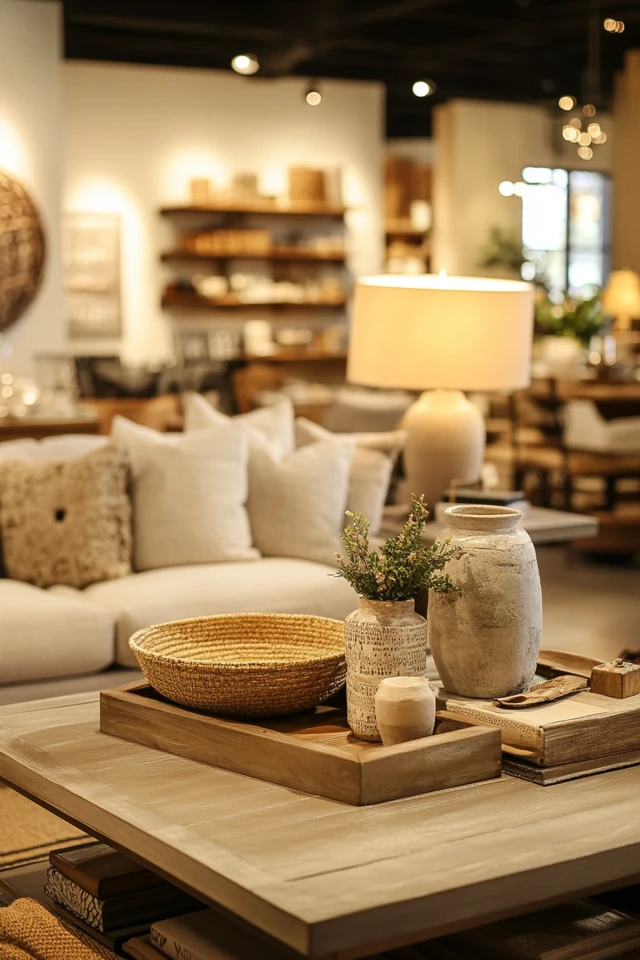
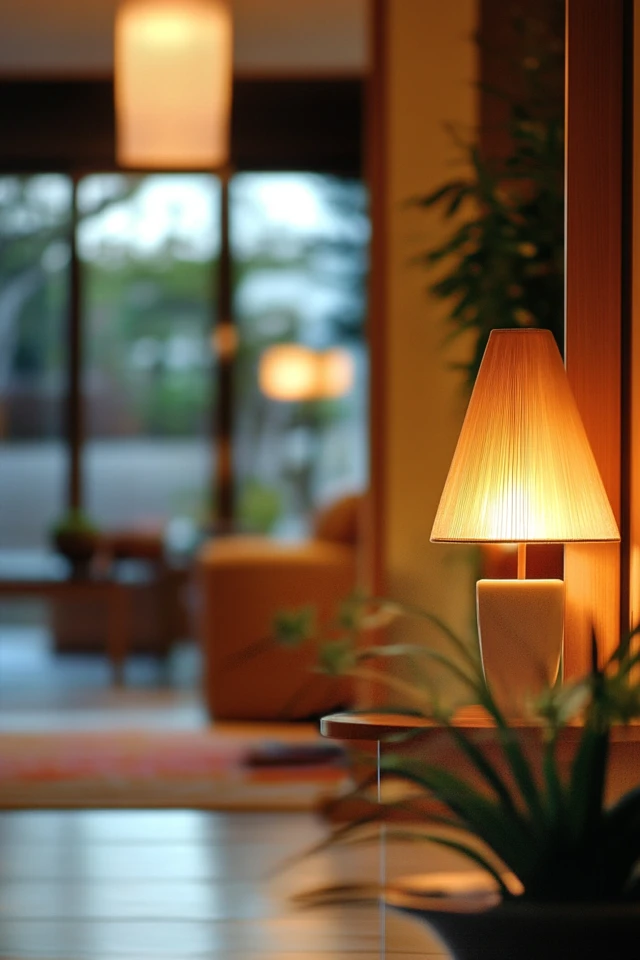

Conclusion
Making a room more inviting doesn’t require a total overhaul—it’s about thoughtful, intentional changes that make the space feel warm, personal, and welcoming. By layering textures, adding greenery, and arranging furniture for comfort, you can create a space that feels like a hug every time you walk in.
What I love most about these tips is how accessible they are—whether you’re on a budget or have a sprawling home to decorate, these secrets work in any space.
So, light that candle, fluff those pillows, and bring your room to life with these simple yet transformative ideas.
FAQ
How can I make a small room feel more inviting?
Use layered lighting, mirrors to reflect light, and soft textures like rugs and throws to create warmth without overcrowding.
What’s the easiest way to make a room feel cozier?
Add warm lighting, a soft area rug, and a few throw pillows or blankets for an instant cozy effect.
How do I choose the right plants for my space?
Consider the amount of natural light your room gets and opt for low-maintenance plants like pothos, snake plants, or succulents.
Can I make a minimalist room feel inviting?
Yes! Add warmth through textures, cozy lighting, and a few carefully chosen personal touches like artwork or a soft rug.
What colors make a room feel more inviting?
Warm tones like beige, terracotta, mustard, or soft pastels create a cozy and welcoming atmosphere.

